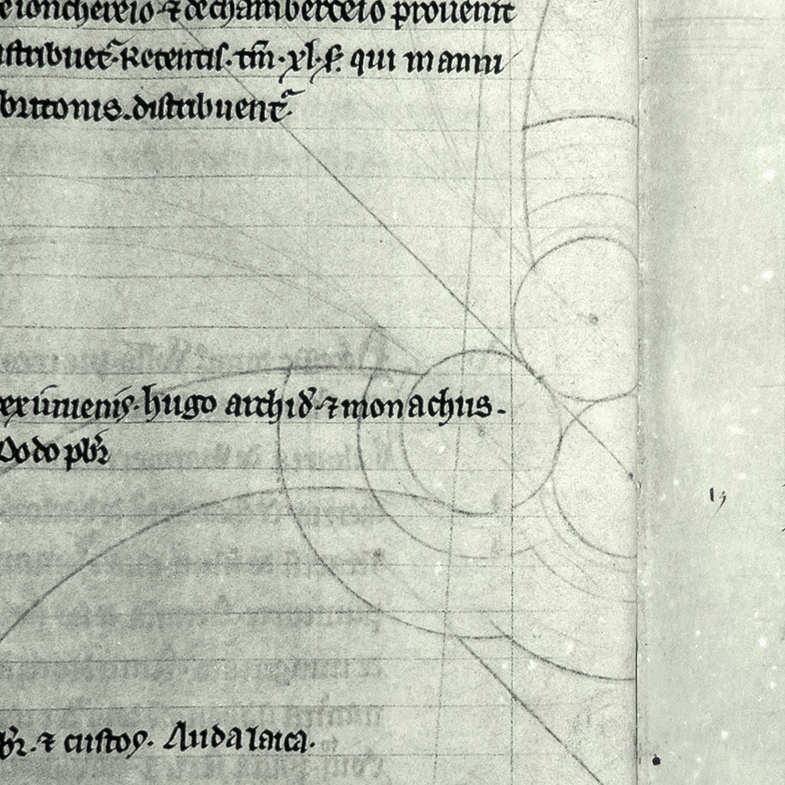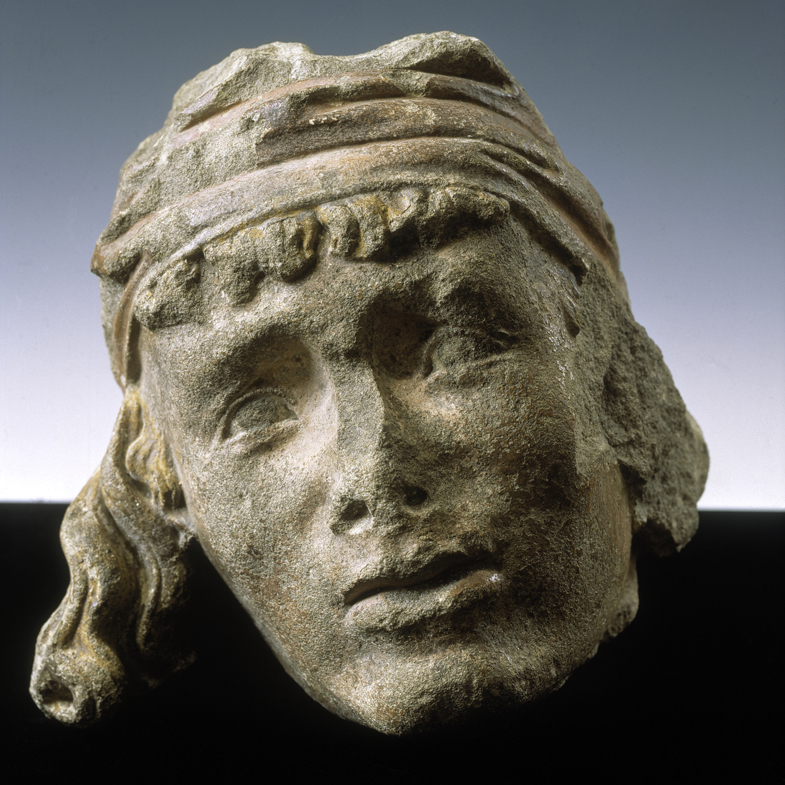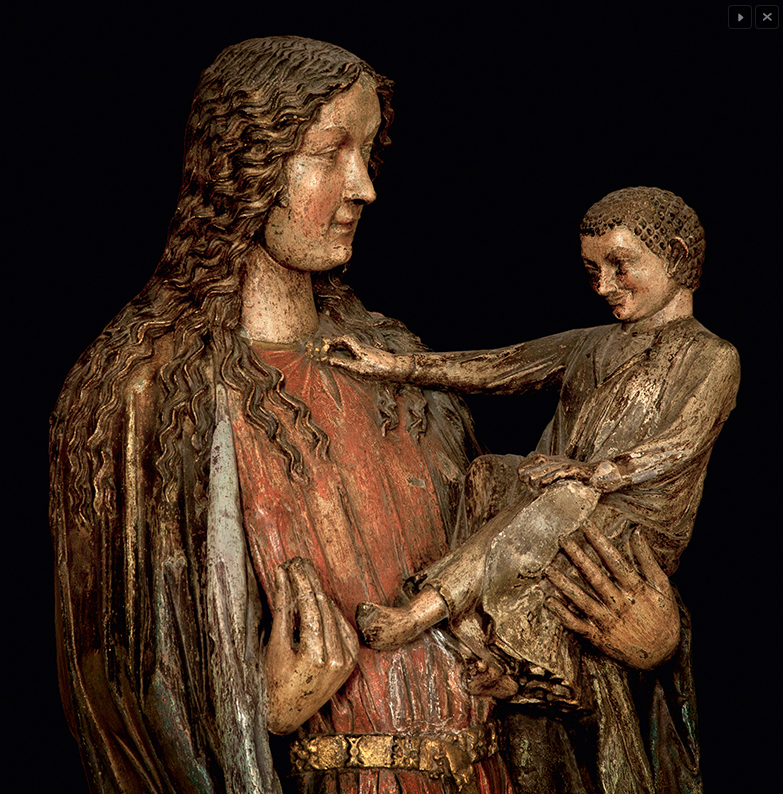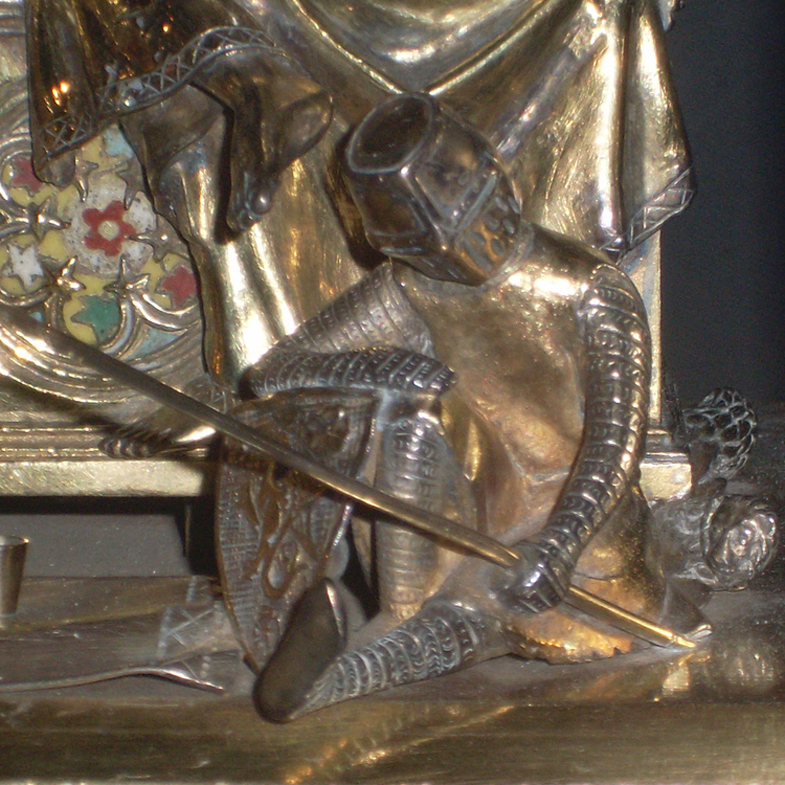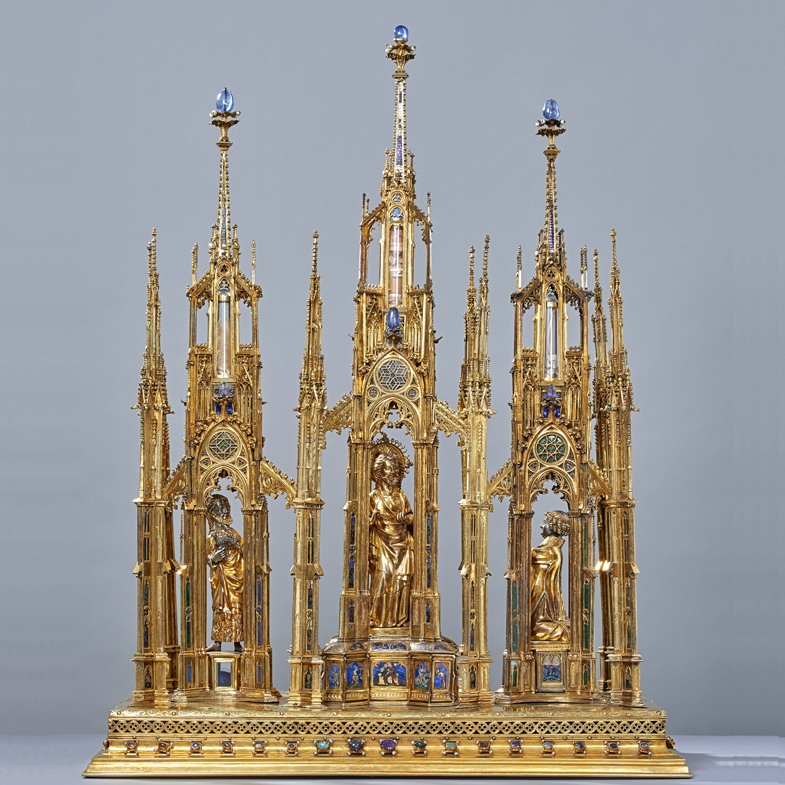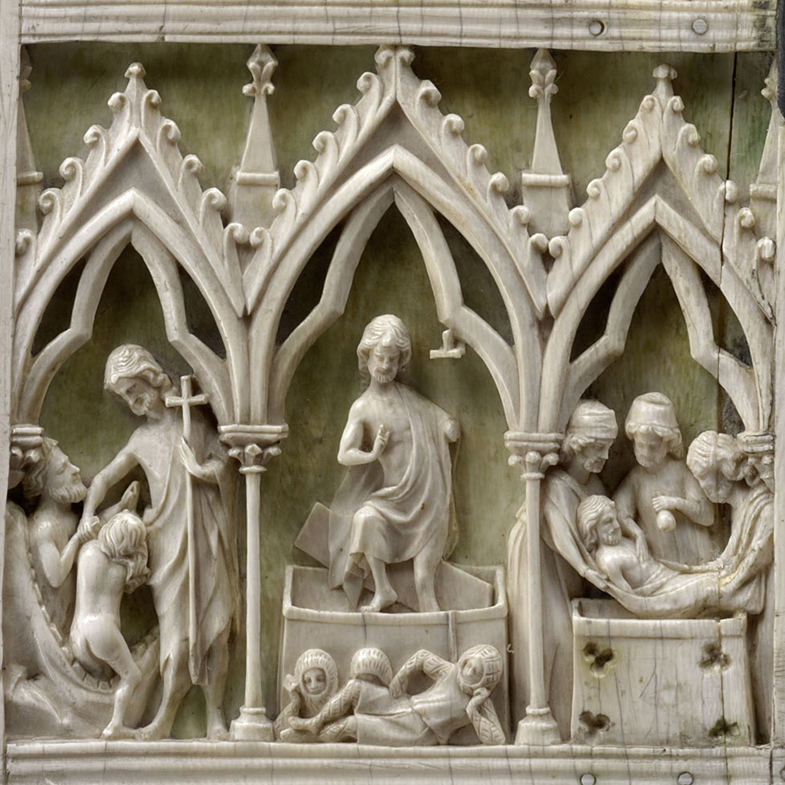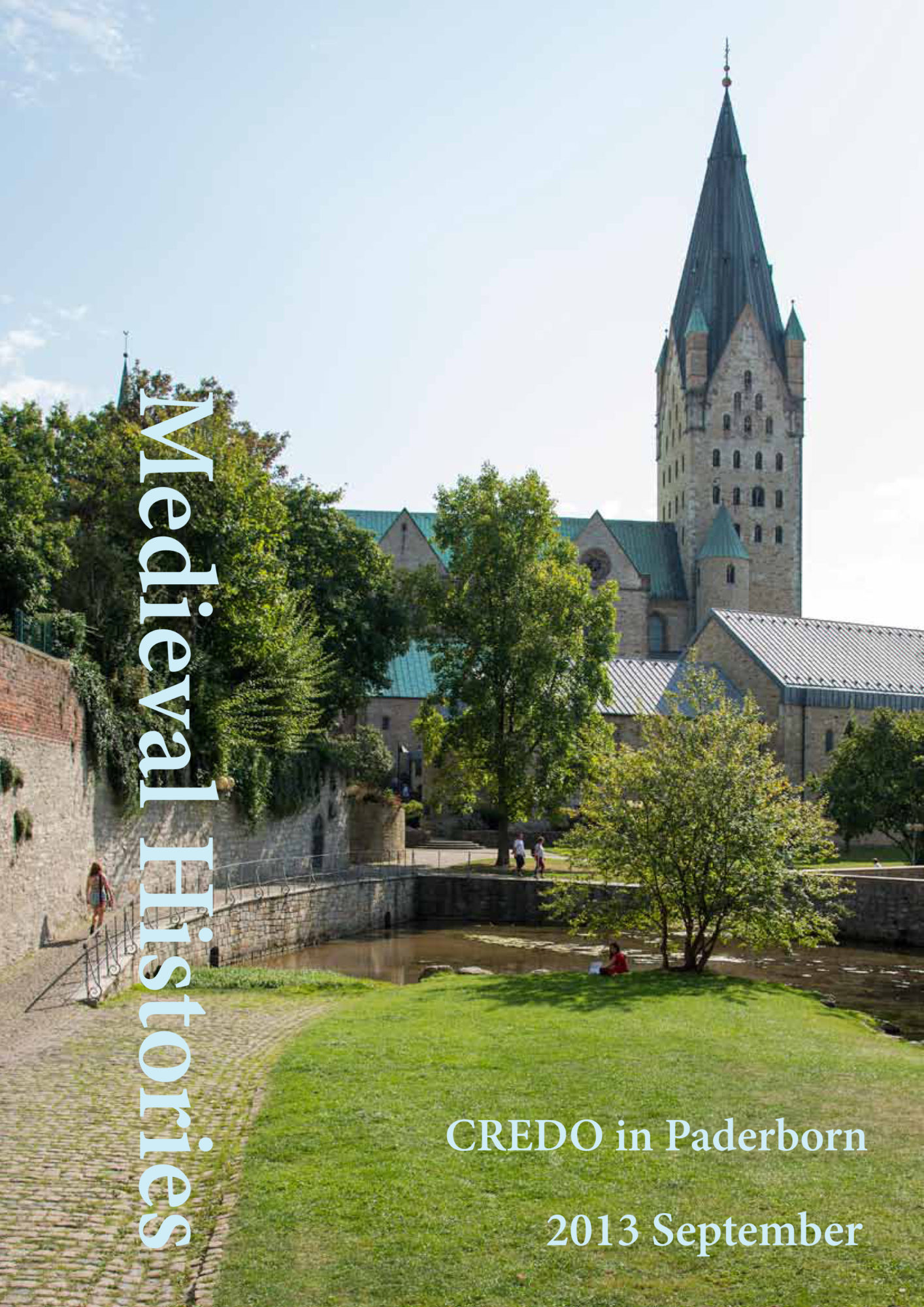Vertical, emotional, illusional, terrifying… Gothic Art dominated the architecture as well as minor art forms from the 13thto 15thcenturies, lifting the soul of mankind towards the heavens. This autumn Paderborn houses a major exhibition on Gothic Architecture
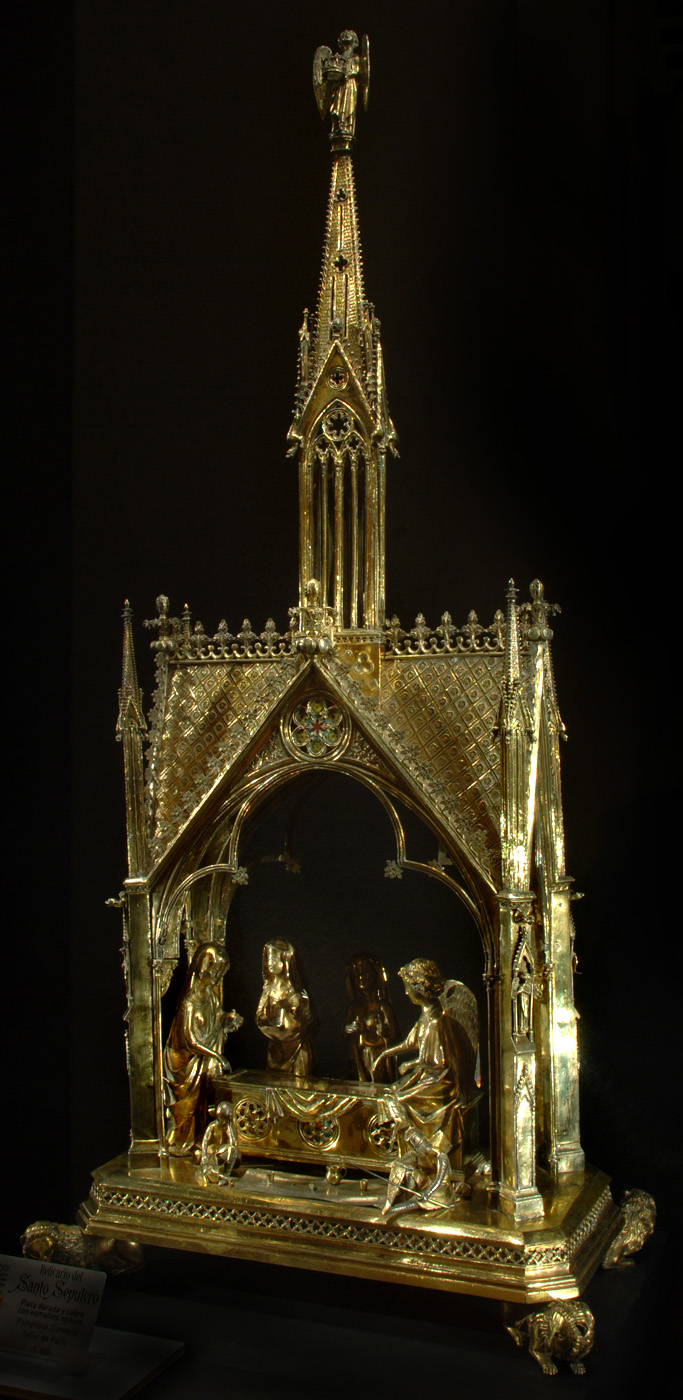
Vertical, emotional, illusional, terrifying… Gothic Art dominated the architecture as well as minor art forms from the 13th to 15th centuries, lifting the soul of mankind towards the heavens. This autumn Paderborn houses a major exhibition on Gothic Architecture
Charlemagne may have commissioned the first cathedral in Paderborn. Completed in 799 it was trice destroyed by fires in the 11thand 12thcenturies, the present building dates to the 12thand 13thcenturies and presents itself predominantly as a Gothic monument. This autumn, the Cathedral and the Diocesan Museum mount a major exhibition on Gothic style, celebrating the 950-year anniversary of the building of the second cathedral.
The Diocesan Museum in Paderborn is renowned for its large exhibitions on its Carolingian past. 2018, the focus has shifted to a later epoch, the Gothic era. Parading treasures borrowed from Pamploma, Paris, Reims, Mainz, and elsewhere, the exhibition is shown in the Cathedral as well as the Diocesan Museum.
The aim is to present an overview of the Gothic style and how it spread as a distinctive architectural style from12th century France across Europe. And how the Gothic style came to reverberate in other art forms – stone sculptures, carvings, ivories, the works of goldsmiths, manuscripts etc.
Characteristic for Gothic Art is its fundamental links to the art of architecture and the main focus in the exhibition will be the interplay between the new forms of architecture, and the sculptural implementations of the new ideal. Other art forms, however, will also be represented – reliquaries, covers of manuscripts, ivories etc. All inspired by architecture. And ll inspired by the new idea of the contemplative soul moving vertically towards a full reunion with God.
Highlights
The Reims Palimpsest
Consisting of several sheets of parchment, which were used by a Gothic artist to draw various designs for church façades, choir stalls, and decorative details, the parchments were reused in a book of martyrs and obituaries from 1263 – 70. Although effaced and maltreated, the twenty parchments witness to the “Geometry of Creation”, the fashion of drawing elevations and work plans to design the new and complicated architectural forms of the Gothic style. © Archives départementales de la Marne, Reims
Head with a bandage (Kopf mit der Binde)
Haunting in its ephemeral beauty the sculptured head by the Naumburg Meister represents the Gothic vision of the bared soul reaching towards Heaven through the embodied pain. Discovered in the upper part of the Cathedral of Mainz in 1914, it represents the leading German artist of the early Gothic period: the Naumburger Meister. Known primarily for his lifelike mimics and plasticity of his arts, the name of the artist derives from his sculptural work in the Cathedral in Naumburg. © Copyright Bischöfliches Dom- und Diözesanmuseum, Mainz. Foto: Bernd Schermuly
The Madonna from Fuststrasse
This sculpture was probably part of the original portal to the Cathedral in Mainz. Later, the Madonna got its name from the street, Fuststrasse, where it was located at a later date. A highly emotional bond between mother and child expressed eerily in the soft movements of their facial expressions as well as clothes and the grips of the hands, characterise the sculpture as pure Gothic. © Dom- und Diözesanmuseum Mainz, Foto: Marcel Schawe, Frankfurt a. M.
Reliquary of the Holy Grave from Pamploma
The famous reliquary is believed to have been a gift from St. Louis in connection with the marriage of his daughter, Isabel, to Theobald III, king of Navarre, in 1255. Another date proposed is 1284. The reliquary is a unique presentation of the scene at the empty grave when the women arrive early Easter morning. One of the peculiar characteristics may be seen from above. The open and otherwise empty tomb contains several relics, among them a presumed fragment of the Sudario (headcovering) of the Lord. Source: Wikipedia
Three –Tower-reliquary from Aachen
From Aachen comes the famous “Dreiturm” reliquary from c. 1370 -90. Made of chased and gilded silver, it measures nearly a meter. Central are the three towers fitted with tubes of transparent rock crystal showing off a fragment of St, John the Baptists hair-shirt, the sweat rag of Christ, and the Rod from his flagellation. Inside are the three figures of St. John, and Christ flanked by an unknown donor.© Domschatskammer Aachen, Foto: Ansgar Hoffmann, Schlangen
Diptych with Scenes from the Passion of Christ
The Ivory diptych is dated to c. 1250 – 60 and was probably created at Soissons. Traces of gilding and colouring remains. It represents a typical Gothic art form, the small private alterpieces of the nobility. © Skulpturensammlung und Museum für Byzantinische Kunst der Staatlichen Museen zu Berlin – Preußischer Kulturbesitz
Foto: Antje Voigt
VISIT:
Gotik. Der Paderborner Dom und die Baukulturerbes 13. Jahunderts in Europa
Erzbischöfiches Diözesanmuseum und Domschatzkammer
Markt 17 · 33098 Paderborn
21.09.2018 – 13.01.2019
READ:
Gotik. Der Paderborner Dom und die Baukulturerbes 13. Jahunderts in Europa
von Christoph Stiegemann
Imhof Verlag 2018
ISBN-10: 3731907348
ISBN-13: 978-3731907343
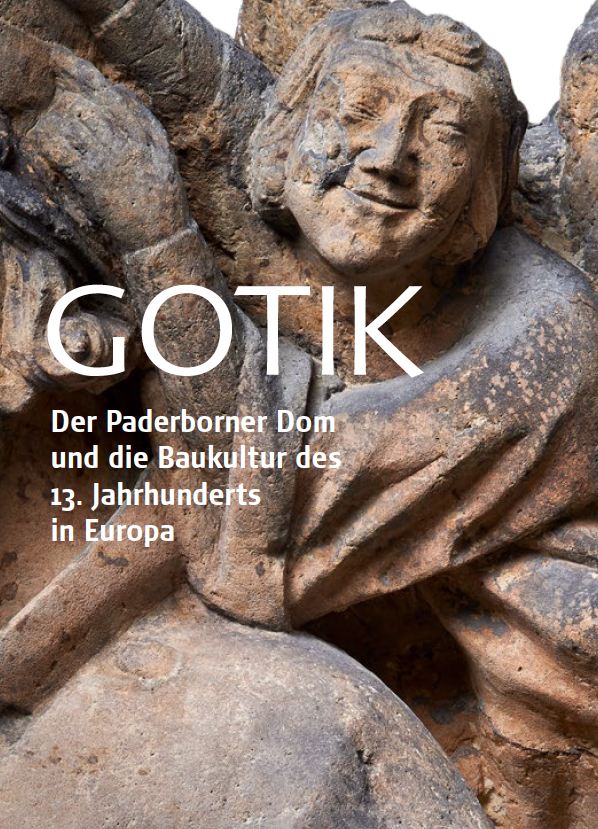 Gotik. Der Paderborner Dom und die Baukulturerbes 13. Jahunderts in Europa
Gotik. Der Paderborner Dom und die Baukulturerbes 13. Jahunderts in Europa
Free programme and leaflet 2018
READ MORE:
READ ALSO:
The post Gothic Art and Architecture in Paderborn appeared first on Medieval Histories.
Powered by WPeMatico
